What is the tolerance range of precision screws?
What is the tolerance range of precision screws?
Service Hotline
+86760-8787 8587We have more than ten years of experience in screw industry production, the main products are: round gasket, galvanized rounded square nut, spring washer standard GB93-90, hexagon socket high-strength bolts, wholesale high-strength bolts, inspection tool handwheel stainless steel, JISB2809 Bolts, die pressure plate lugs, UNI6952, enlarged star bolts, machine thread bolts hex screws, 201 spot welding screws, stainless steel screws, iron inner serrated lock washers, 201 nuts and other fasteners, due to product material and specifications Each is different and the price is also different, please contact us if you need it.


The semicircular key is a kind of key, the upper surface is a plane, the lower surface is a semicircular arc surface, the two sides are parallel, commonly known as the crescent key. It is basically the same as the flat key connection method, but it is more convenient to manufacture and disassemble than the flat key, and is especially suitable for the connection between the tapered shaft and the hub. The half-round key transmits torque on the side, but the keyway is deep, which weakens the shaft greatly. Due to the deep keyway, the bottom of the keyway is easily deformed after the shaft is heat treated. Therefore, when the semicircular key and the keyway are assembled in a transitional fit relationship, the interference between the lower part of the semicircular key and the bottom of the keyway often occurs, resulting in difficult or impossible assembly. Assembly situation. In order to solve the above technical problems, the current method is to make the thickness of the semicircular key appropriately thin, so that the semicircular key and the keyway are clearance fit, which brings about a large gap between the upper part of the semicircular key and the keyway, and the semicircular key is in operation. Difficult to locate in the keyway, affecting smooth transmission.
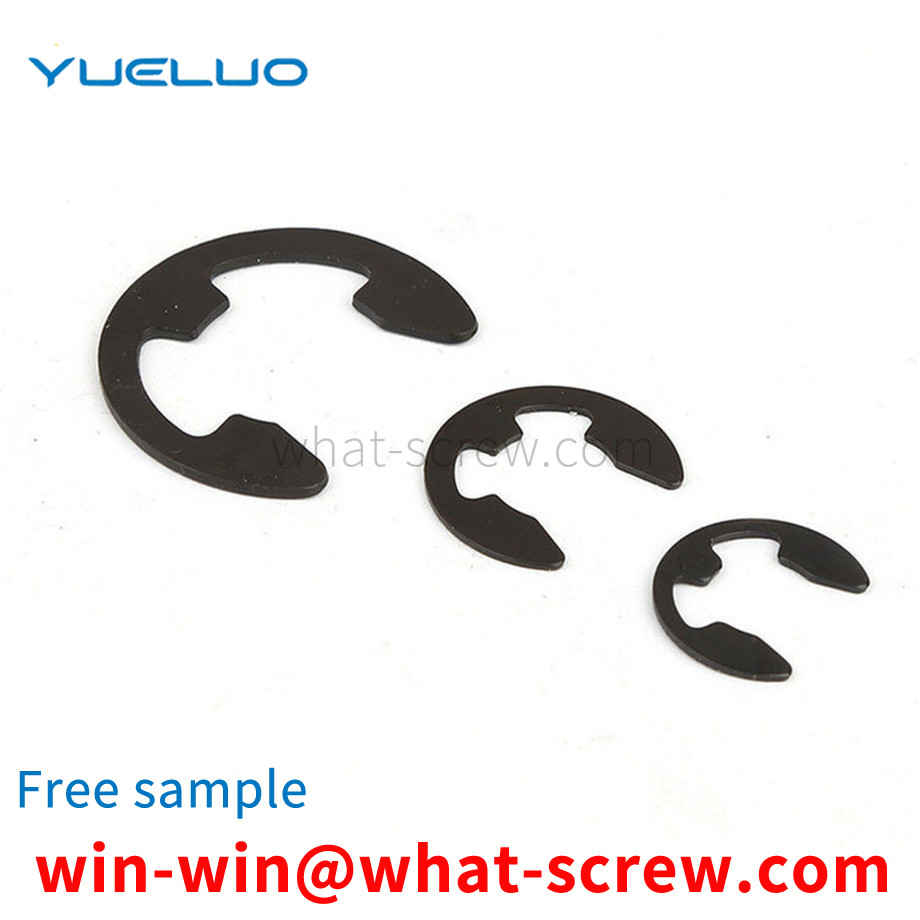
Sprinkle the excess flat washer 6 on the positioning plate II3-1 on the flat washer positioning plate 3, and shake the flat washer positioning plate 3 by hand. After a short time, the flat washer 6 will be positioned and arranged on the upper positioning plate II3-1. In the flat washer hole 3-7, since the width of the opening groove 113-32 of the baffle plate II3-3 is smaller than the diameter of the flat washer hole 3-7, and the thickness of the upper positioning plate II3-1 is designed according to the thickness of the flat washer 6, each Only one flat washer 6 can be accommodated in the flat washer holes 3-7 of each upper positioning plate II3-1, and then use a brush to remove the excess flat washer

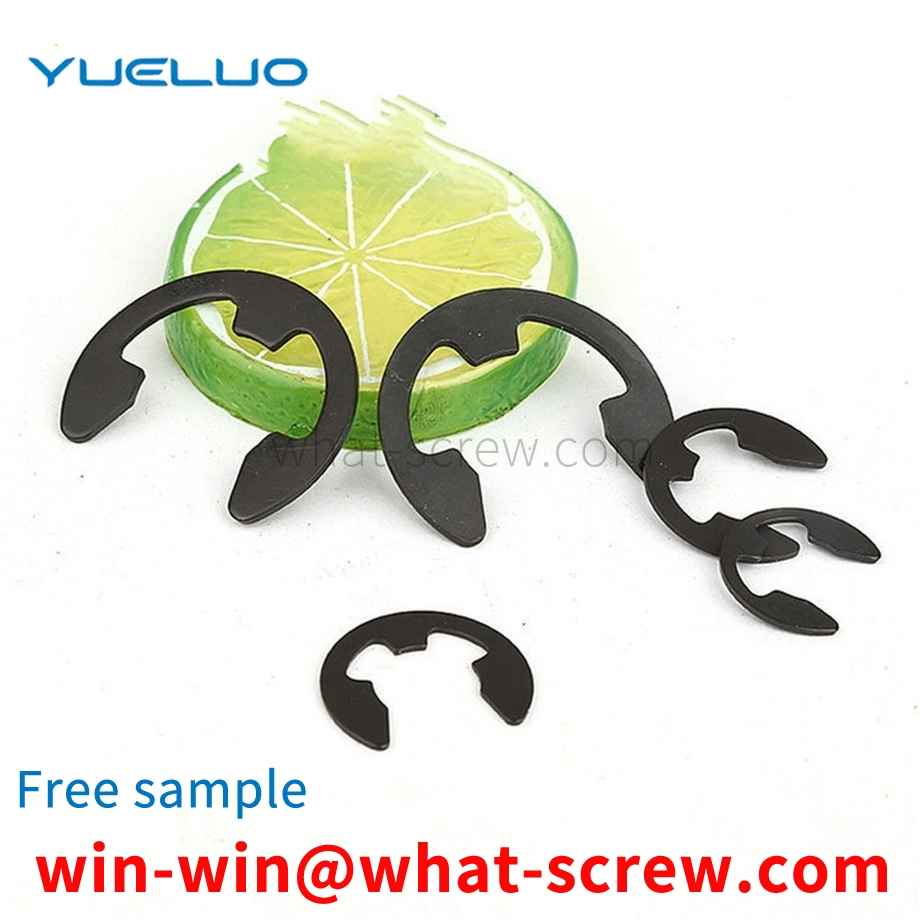
A nut is a commonly used fastener, usually combined with a screw to form a set of fastening devices. In order to effectively achieve a more effective tightening effect and prevent a single nut from loosening by itself, two nuts are used together in many places to further increase the tightening effect;
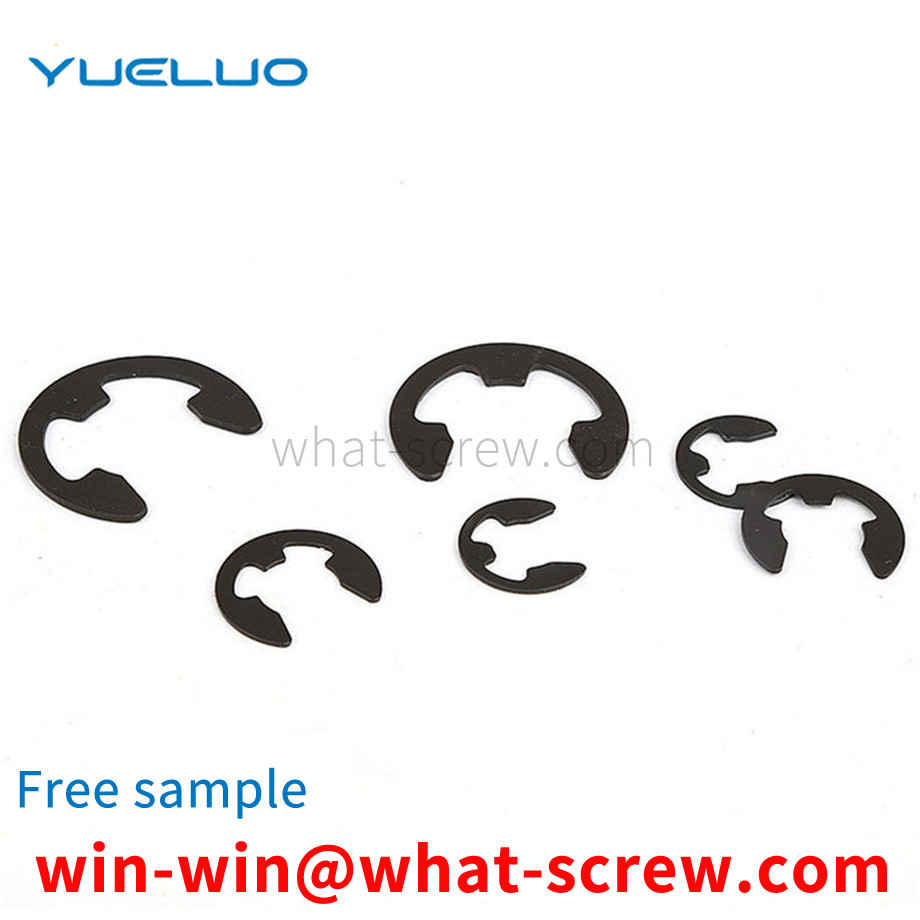
1. First remove the sludge on the surface of the broken head of the broken screw, use the center gun to kill the center gun of the section, and then use an electric drill to install a drill bit with a diameter of 6-8 mm to drill the hole in the center of the section, pay attention to the hole must be drilled through. After the hole is drilled through, remove the small drill bit and replace it with a drill bit with a diameter of 16 mm, and continue to expand and drill through the hole of the broken bolt. 2. Take a welding rod with a diameter of less than 3.2 mm and use a medium and small current to carry out surfacing welding from the inside to the outside in the hole of the broken bolt. Take half of the entire length of the broken bolt at the beginning of the surfacing welding. When starting the surfacing welding, the arc should not be too long. In order to avoid burning through the outer wall of the broken bolt, surfacing to the upper end face of the broken bolt, and then continue surfacing to weld a cylinder with a diameter of 14-16 mm and a height of 8-10 mm. 3. After the surfacing is completed, hammer the end face with a hammer to make the broken bolt vibrate along its axial direction. Due to the heat generated by the previous arc and the subsequent cooling plus the vibration at this time, the broken bolt and the thread of the body will be loose in between. 4. Carefully observe, when it is found that a small amount of rust leaks from the fracture after the knock, take the M18 nut and put it on the surfacing column head and weld the two together. 5. After welding, use a torx wrench to cover the nut while it is still hot, and twist it back and forth, or tap the end face of the nut with a small hand hammer while twisting back and forth, so that the broken bolt can be taken out. 6. After taking out the broken bolt, use a suitable tap to process the thread in the frame to remove rust and other debris in the hole.
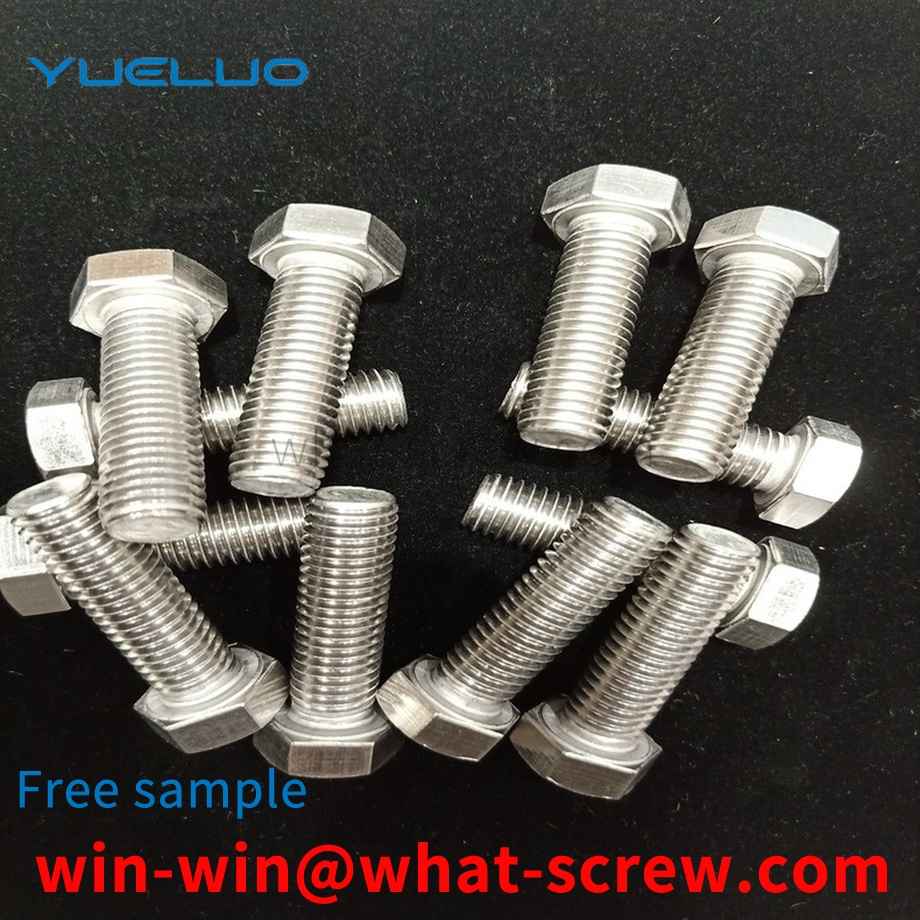
The above content is uploaded by Yueluo or the Internet. If there is any copyright issue, please contact [email protected].

What is the tolerance range of precision screws?

How to choose the right stainless steel screw manufacturer?

Why is there an R angle under the head of the hexagon head s...

We have more than ten years of experience in screw industry ...
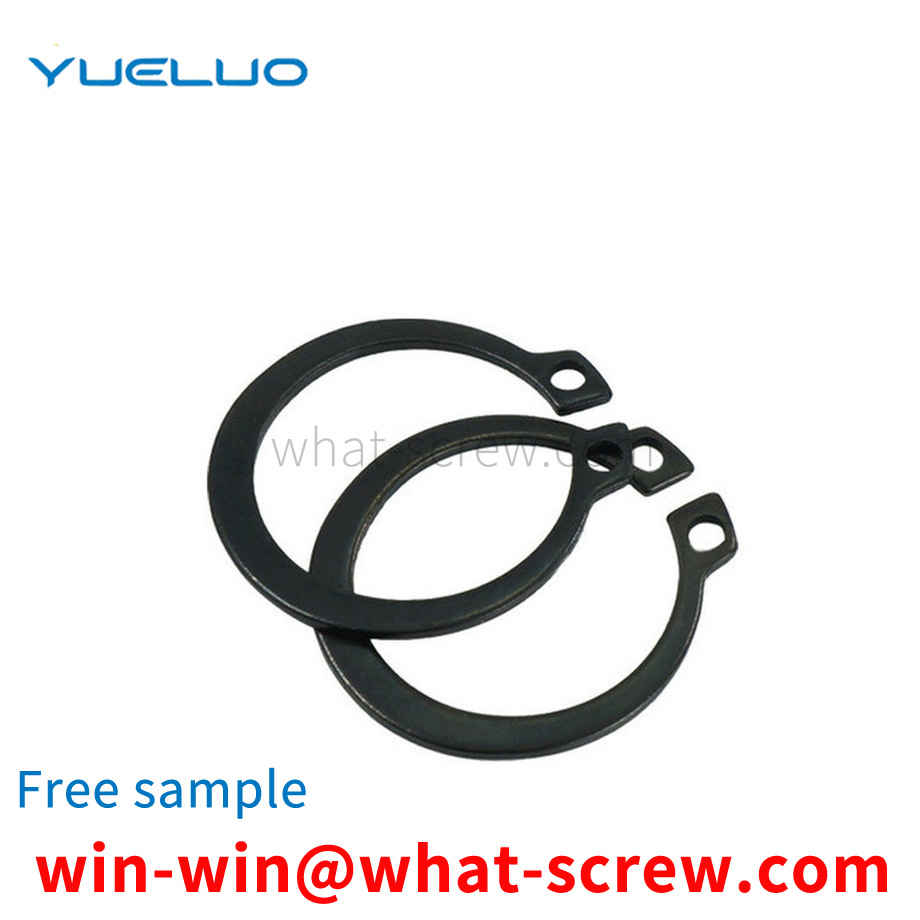
We have more than ten years of production experience in the ...
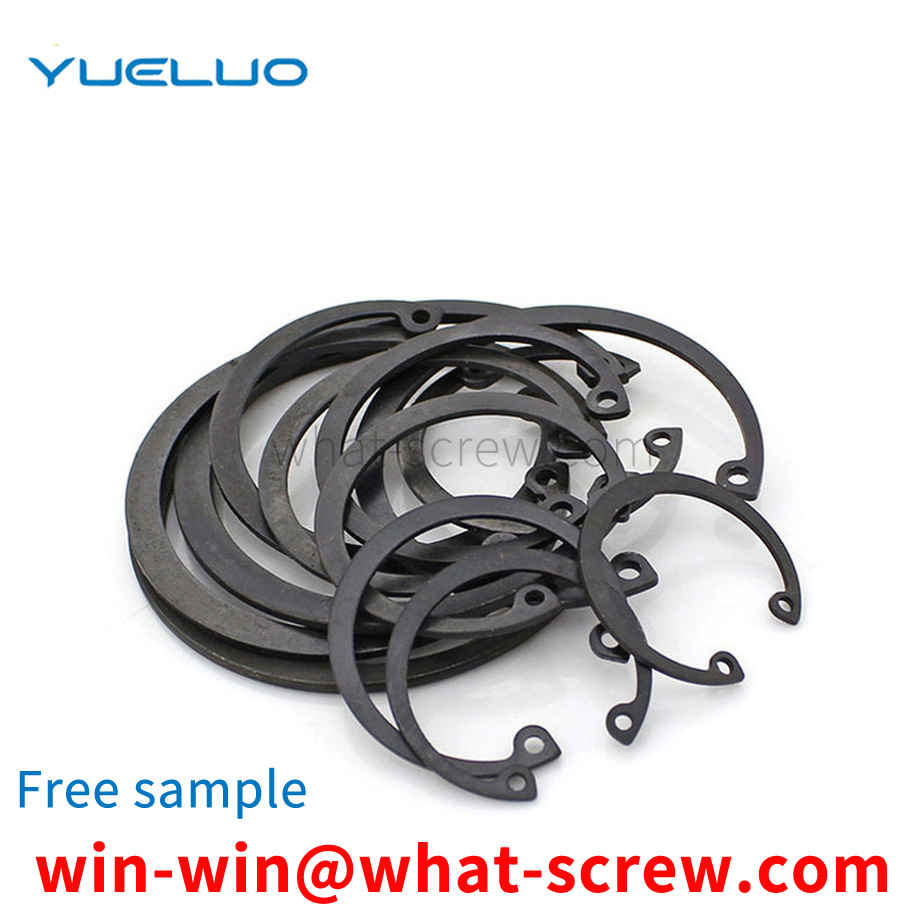
We have more than ten years of production experience in the ...
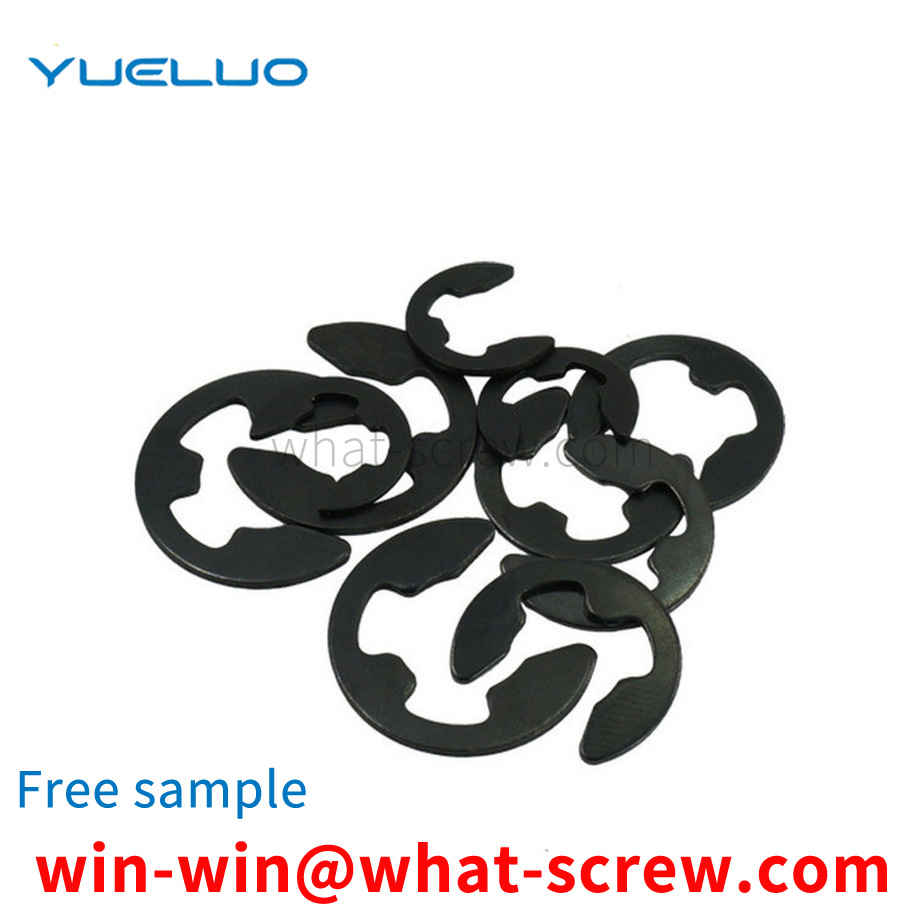
We have more than ten years of production experience in the ...